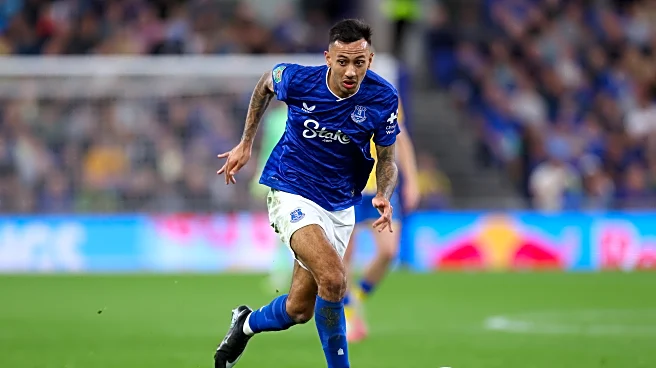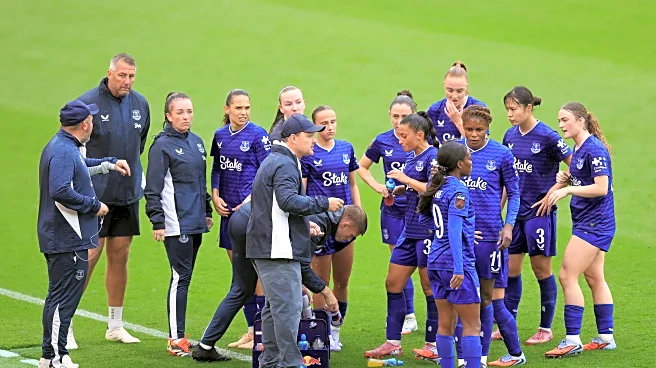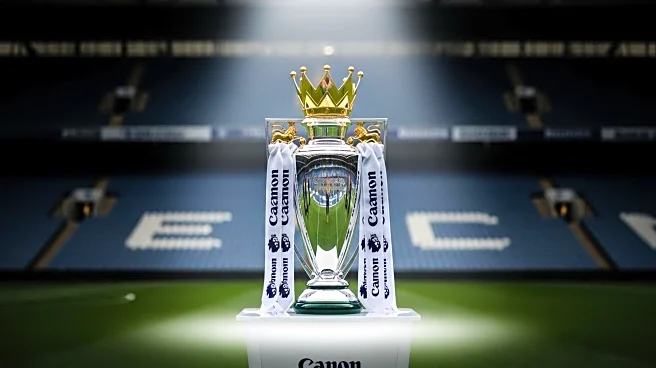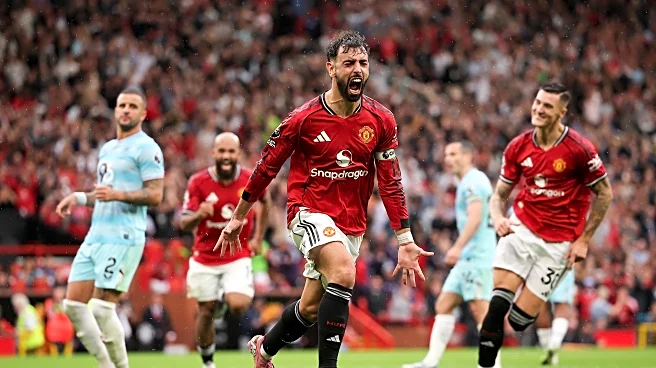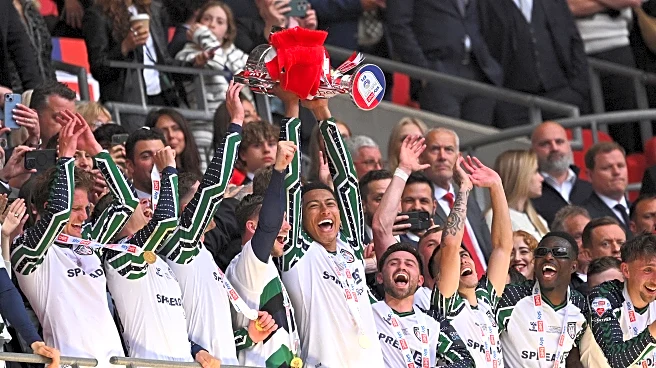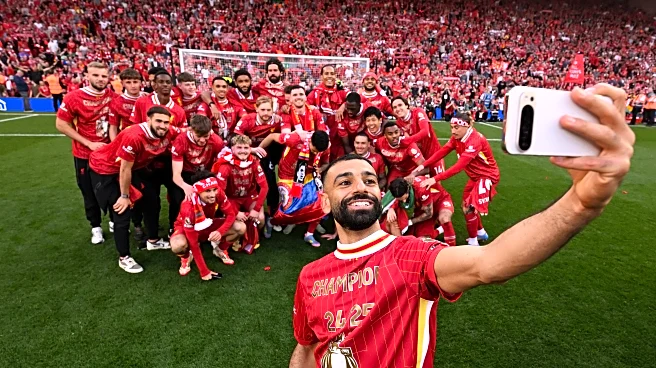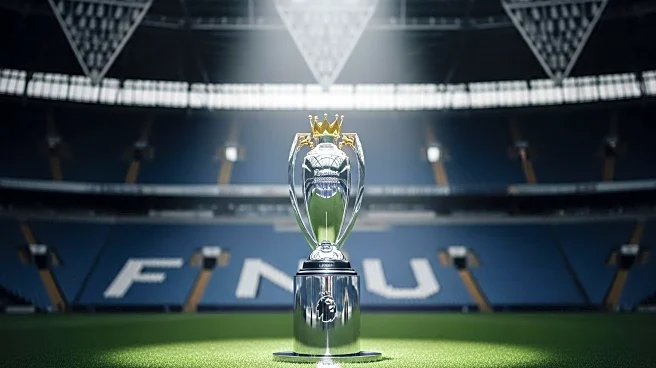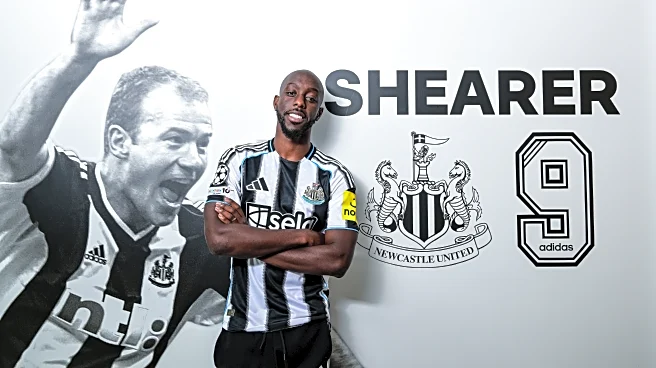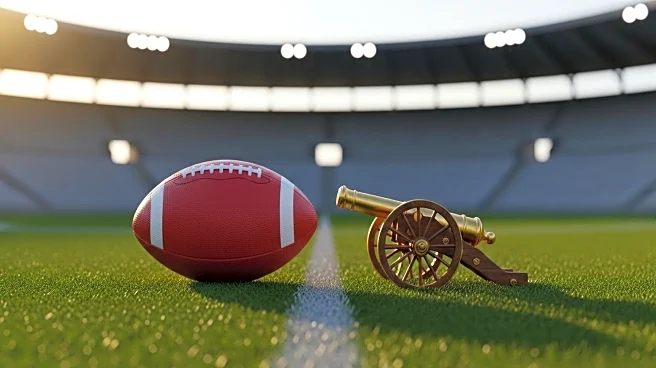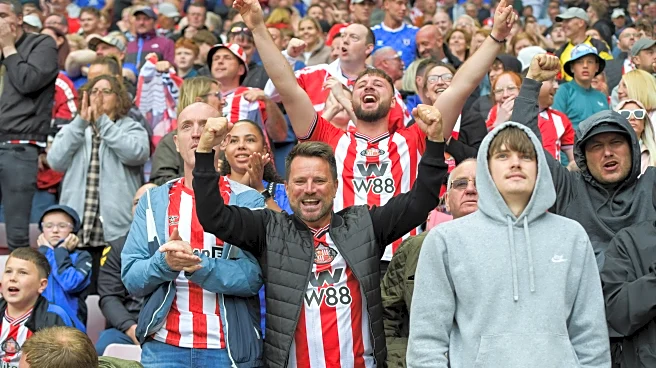
It’s a fun time to be an Everton fan.
The club is at the international break after the transfer window closed having won their last three games, with six out of nine Premier League points, a berth in the Third Round of the Carabao Cup, and a lot to look forward to when they get back in a couple weeks.
With a Merlin Röhl acquisition to close the window, David Moyes and his Everton squad are as complete as they’ll be until the New Year at the earliest.
When you spend that kind of money, it’s going to
alter the livelihood of some of those who allowed Everton fans to remain supporters of a Premier League side, and not a Championship side. Players will lose minutes — some will leave the side entirely. And when you’re looking to build real depth, especially on the heels of such a massive roster overhaul, some players are going to complete their bingo card of bad luck.
For this season, that player is Dwight McNeil.

After years of Everton supporters ringing the bells for an uptick in wing productivity, things started moving when then-Director of Football Kevin Thelwell took the first step in bringing in Iliman Ndiaye a year ago, and Everton’s newly-formed transfer committee raised the stakes by bringing in Jack Grealish and Tyler Dibling. And before you suggest the center of midfield, which McNeil occupied for a number of games last season, that spot seems well covered by fellow signings Kiernan Dewsbury-Hall and Carlos Alcaraz.
In short: McNeil has gone from guaranteed starter to “maybe will start against Mansfield Town”.
Purchased in the Frank Lampard era in the region of £20 million from Burnley, McNeil was an instant impact signing for Everton despite being just 22 when he joined the side. It’s weird to think about now, but Everton spent nearly half a decade desperate for wingers, and McNeil’s width and powerful left foot provided immediate cover in a spot they desperately needed.
And, while we’ll get into some of the reasons why he’s been phased out of the lineup, let’s take a moment to appreciate what he has done for Everton in his three years here. Let us be in awe of that ridiculous left foot.
A shoo-in at the left wing prior to the addition of Iliman Ndiaye, McNeil was one of the lone elements of creativity in the Sean Dyche era. In three seasons and 92 Premier League matches, he has mustered 29 goal contributions (14 goals, 15 assists). Anyone who was around for the Dyche era, which takes up well over half of McNeil’s time at Everton, can appreciate how those numbers stack up in that context.
But this year, through three games he’s just gotten a bit over 20 minutes of Premier League action. With the new additions of Jack Grealish and Tyler Dibling, it seems unlikely that McNeil’s playing time will increase anytime soon. Not to mention, with the early-season injuries to Vitaly Mykolenko and Adam Aznou, David Moyes opted to put right-footed midfielder James Garner (who, in fairness, did a good job in that role) at left back.
This is despite previous experience playing at wingback in rather big matches — matches that decide whether a team gets relegated or not.

Despite McNeil’s versatility, there are limitations to his game, and simple explanations to his sudden absence in the Moyes’ rotation.
The big part, simply put, is Everton have gotten better. When you’re competing with Jack Harrison, Jesper Lindstrom, Arnaut Danjuma and Lewis Dobbin, your odds of making it into the side increase. Ndiaye, Grealish and Dibling are several steps above what Everton have had on the wing, and aren’t necessarily indictments on McNeil’s ability.
The rest is noticeable if you’ve regularly watched an Everton side with Dwight McNeil out there. While his left foot is as powerful as they come in the Premier League, his right foot can appear nonexistent at times. His straight runs don’t have pace, but do have power if you give him space, but the moment you force him to use his right foot in any way, he’s typically put in a spot where a back pass is his only option.
It can also be to his benefit, as Opta points out.

The limitations, while certainly an impact, aren’t limited to being one-footed. He’s a winger that lacks pace. He’s a strong defender for his position, but not strong enough to be a long-term wingback. His creativity serves him well in central attacking midfield, but his inability to hold position in the center of midfield can create holes defensively.
It won’t be shocking if we start to hear reports of frustration from McNeil’s camp. If you add Alcaraz to the mix, there is an argument to be had that McNeil has gone from first choice to sixth choice on the winger depth chart. It likely spells the long-term end to his time with us, but in the meantime, it does give Moyes some fantastic coverage.
For an Everton supporter, talent on the wing was a pipe dream — real depth at the wing was next-level wishful thinking. Today, perhaps to the detriment of McNeil’s long-and-short-term prospects, that is the case.
Fun times are here to be had for Everton supporters; for now, Dwight McNeil will likely be watching most of it with the rest of us.
